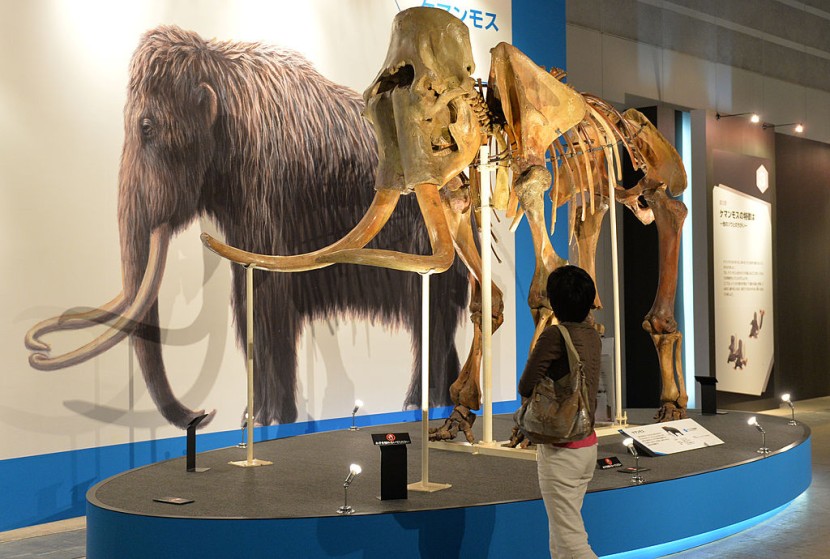
A commercial bioscience firm announces a plan in reviving the extinct woolly mammoth as one of its starting projects. Raising such animals from the state of extinction has been science fiction, but some scientists are convinced it can be done with current techniques like CRISPR gene technology.
Bioscience company to revive mammoth to bring back lost ecosystem
Last Monday, the Colossal bioscience firm announced its plans with their final goal is restocking the Arctic Tundra with the ancient elephants like in the previous Ice Age. The ambitious project is attempting the impossible, which is left to be seen if the method of gene splicing can do what it claims. Taking a species from extinction can be controversial, considering whether an extinct species should be raised from the dead.
Colossal will be working with George Church, geneticist and professor at Harvard Medical School, on their method called species de-extinction is more than resurrecting a non-existing animal gone several thousand years ago, reported Sciencealert. Another use of their model is to bring back damaged or lost ecosystems, including rolling back the effects of climate change.
Ben Lamm, the chief executive of Colossal, stated his thoughts on the firm's goals. He said that the company would invest in technology to restore the depredations of climate change and fix the planet by reviving species that died a long time ago.
He added that reviving the extinct woolly mammoth will be a chance to use technology to stop the extinction of other species close to dying out, along with the possibility of restoring species hunted to the death or gone by misguided human hands.
Much of the Arctic used to be full of mammoth herds when, about the same time, early humanity had existed. They are supposed to have hunted the giant hairy elephants for tusks, bone, hair used for tools, cited NDTV.
The last woolly mammoth existed 4000 years ago, although scientists have found their remnants in such places as permafrost and frozen steppes. Scientists have been scraping off whatever DNA traces they can use to build up a broken DNA sequence.
CRISPR technology as method of resurrection
Colossal will slip several DNA sequences from preserved mammoth carcasses stuck in permafrost and frigid steppes. Colossal's genomic source, the Asian elephant, will be used to create a present-day elephant-mammoth hybrid as the end goal, noted Sky News.
Colossal stated that the Asian elephant and ice-age mammoths were as close as 99.6% similar genetically. A close match might be the best bet for successful implementation.
With his knowledge in genetic science, George Church will utilize CRISPR technology to alter the gene sequence of dead mammoths to the ones of their living relatives. Changing the Asian elephant's gene using CRISPR, according to the geneticist, is part of the de-extinction process.
By introducing this revived species into the Tundra, their former activities will help restore the health of the frigid environment. The firm says that replacing the formerly extinct animals with the native arctic will do carbon sequestering and even suppression.
Included in the business are leaders in bioethics and genomics as its advisers. Colossal reviving the extinct woolly mammoth will be a feat since it was just fiction restoring a formerly extinct species. Now bioscientists will turn it into reality.








